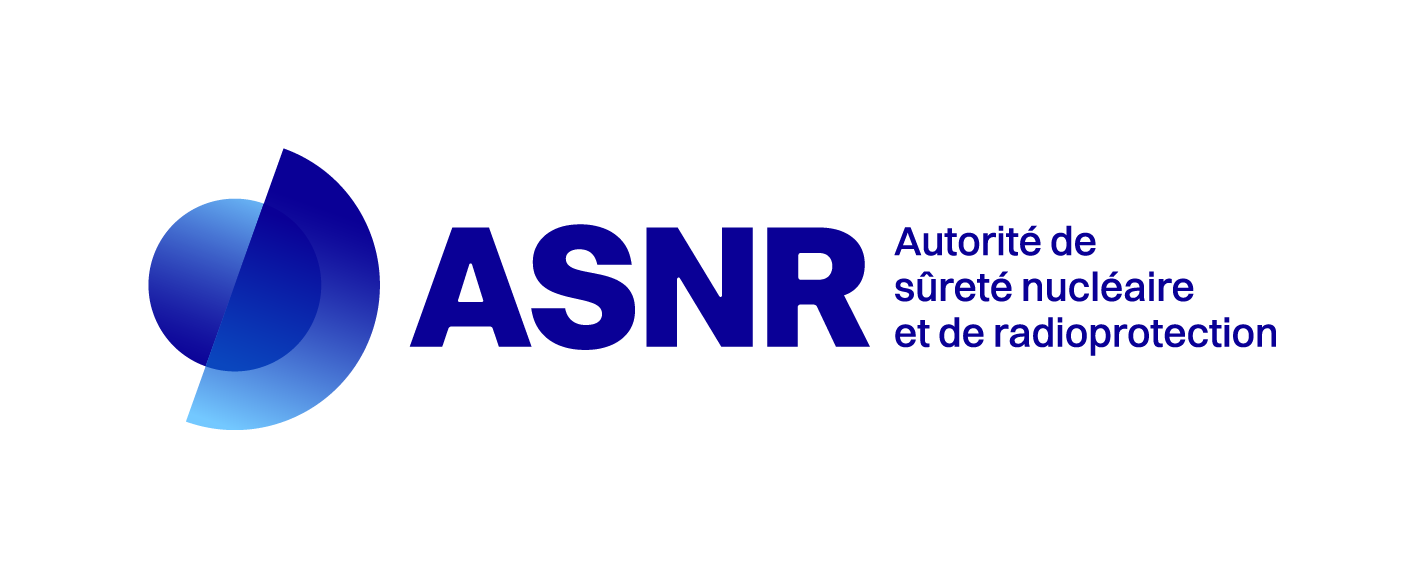Co-exposure to low-dose gamma irradiation with a chemical stressor causes differential outcomes on brain toxicity parameters in rat
Résumé
The various pollutants to which an individual is exposed throughout his or her life can have an impact on brain health. Professional activities involve specific stressors and, regarding nuclear workers, the radiological component of their exposome in the form of low dose gamma irradiations raises a scientific challenge due to potential non-linear effects. The other component takes the form of particulate aerosols, the main source of contamination for nuclear workers. We decided to select tungsten particles to focus on an emerging chemical contaminant linked to the operation of fusion reactors.
Our goal is to determine whether differential effects can be observed on brain toxicity parameters when comparing co-exposed groups to single-exposed or control groups, and study underlying mechanisms.
Male Sprague-Dawley rats undergo a low dose gamma irradiation (50 mGy, 50 mGy.min-1) and/or a nose-only inhalation of a tungsten particulate aerosol (80 mg.m-3, 30 minutes). Neuronal integrity, cell survival, inflammation, and oxidative stress in the frontal cortex (FC) and olfactory bulb (OB) were analyzed 24 hours and 28 days after exposure.
Immunohistological studies reveal significant differences when comparing co-exposed groups to control and single-exposed groups. The occurrence of a neuron suffering phenotype and variations in microglial density in the FC are observed at both time points. In OB, both density and morphological changes are revealed at 28 days. Molecular biology analyses show an increase of antioxidant gene expression in the FC of co- and single-exposed groups compared to the control at 28 days, while no change is observed in OB. At 28 days, as microglial density decreases in FC without increase in cell death, while microglial density increases in OB without proliferation, we can formulate the hypothesis that microglial cells migrate from the FC towards the OB. Consequently, the depletion of microglial cells in FC could contribute to the disruption of the cerebral microenvironment and thus to the increase in the neuronal suffering phenotype. The increased expression of antioxidant genes might be an attempt to compensate this loss. In OB, at 28 days, the reduction of TNFa expression while microglial activation is increased suggests an on-site anti-inflammatory response to our co-exposure.
These results suggest a synergy or an additivity between our two stressors and potential persistent effects which are under current investigations.
| Origine | Fichiers produits par l'(les) auteur(s) |
|---|---|
| Licence |
Copyright (Tous droits réservés)
|
